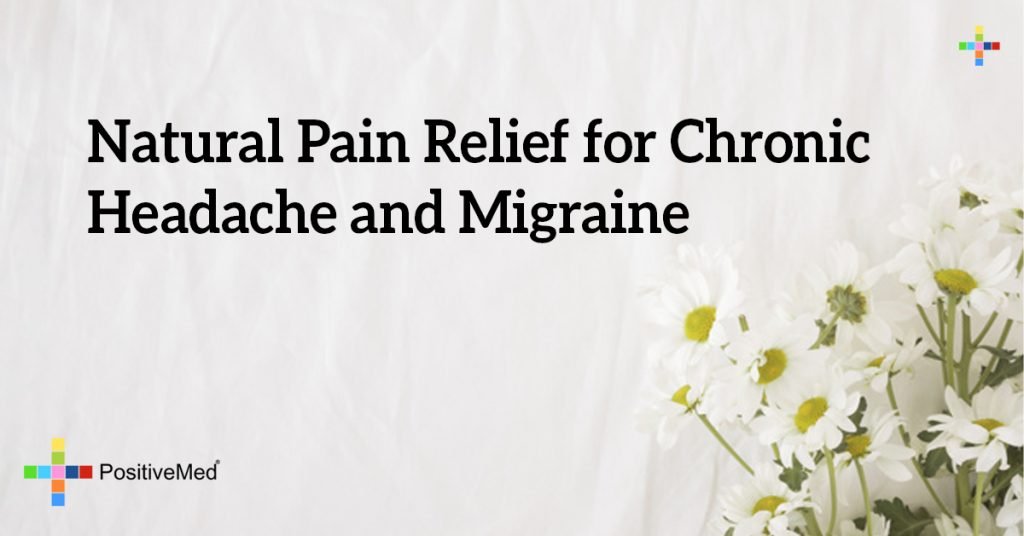
Chronic headaches affect approximately 45 million people in the United States. If you suffer from headaches, the first step in finding relief is to determine the type of headache you have.
Migraines are a type of headache are characterized by nausea, throbbing pain that worsens with activity and sensitivity to light and noise. Sinus headaches may be accompanied by a fever, as the headache is caused by sinus infection.

Other types of headaches include cluster headaches, which are characterized by pain on one side of the head, eye redness, a runny nose and tears from the affected eye, tension headaches that cause fatigue and feel like a band of pain circling the head, and rebound headaches that are caused by using over-the-counter pain medications. Tension headaches are the most common type of headache.
RELATED ARTICLE: 10 Unexpected That Might Be Causing Your Terrible Headache!
Eat a Healthy Diet
Dehydration, even mild dehydration, can cause headaches. Most people need at least 64 ounces of water daily to maintain their health. It is also important to eat regular meals if you suffer from chronic headache. Regular meals that include a lean protein source help to stabilize your blood sugar, preventing headaches caused by blood sugar fluctuations.
Feverfew for Migranes
Studies by organizations such as the City of London Migraine Clinic indicate the chewing several fresh feverfew leaves each day can significantly reduce the occurrence of migraines. Feverfew can be made into a tea for home use, and feverfew supplements are available for those suffering from migraines. As with all supplements, you should talk to your doctor before using feverfew if you have pre-existing health conditions or take prescription medications on a daily basis.
Mint for Tension Headache
RELATED ARTICLE: How to Recognize Which Headache is Dangerous
Peppermint is a warming herb that increased blood flow in the body, and according to University of Maryland Medical Center, the herb can also relieve tension headaches. To use peppermint essential oil, dilute three drops of peppermint essential oil in a tablespoon of carrier oil, such as coconut oil, and rub a small amount of the mixture onto your forehead along your hairline and onto your temples.
Don’t get the oil near your eyes or use it undiluted. Essential oils are highly concentrated and can cause a burning sensation when applied undiluted.
Go Outside
Fresh air and natural scenery are perhaps the simplest way to relieve headaches. If you have a minor headache and can’t seem to get rid of it, go outside for a few hours. You may find relief by simply relaxing in a natural environment.





